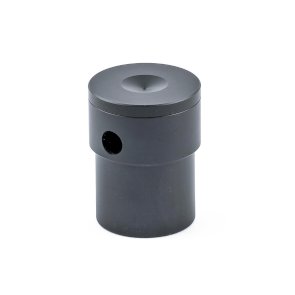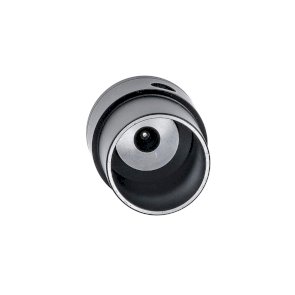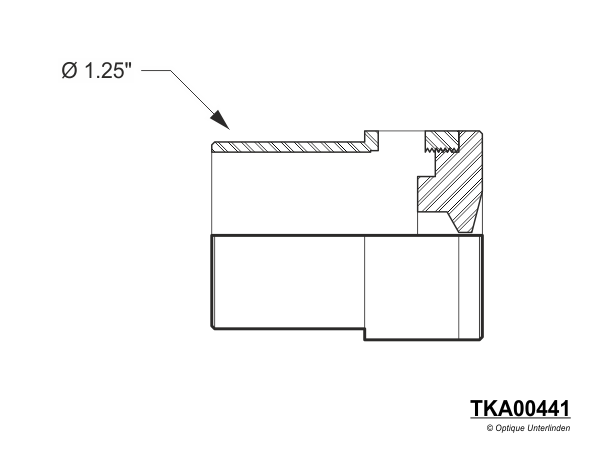

The collimation is an essential step to obtain optimal images with a telescope. It consists of adjusting the primary and secondary mirrors so that they are aligned as precisely as possible. The goal is that all the light coming from the stars is perfectly concentrated at the focus of the telescope.
A collimating eyepiece is a small accessory that is inserted on the eyepiece holder of the telescope. Without a lens, it just allows you to place your eye exactly on the optical axis of the instrument; a very small hole is drilled in the center of the eyepiece for this purpose. Thanks to the reflections of the different optical surfaces on each other, it becomes very easy to align the mirrors geometrically. A side opening brings light to a reflective metal surface that acts as a central marker for adjustments. The procedure is performed mainly during the day or at dusk; at night, it will be necessary to illuminate the entrance of the instrument and/or the metalized surface.
Although intimidating at first for the beginner, the procedure is simple and safe and greatly optimizes observations.
The collimation eyepiece is the main tool for the adjustment of the mirrors of the Newtonian telescopes, whether they are on equatorial mount or on Dobson mount. It is also very useful for the adjustment of the secondary mirror of Cassegrain or Ritchey-Chrétien telescopes.
The Takahashi model is machined from aluminum and made in Japan.
| Characteristic | Takahashi collimating eyepiece |
| Item number | TATKA00441 |
| Input mechanical interface | 1.25" (31.75 mm) male barrel |
| Output mechanical interface | - |
| Diameter | 35 mm |
| Height | 45 mm |
| Weight | 45 g |
